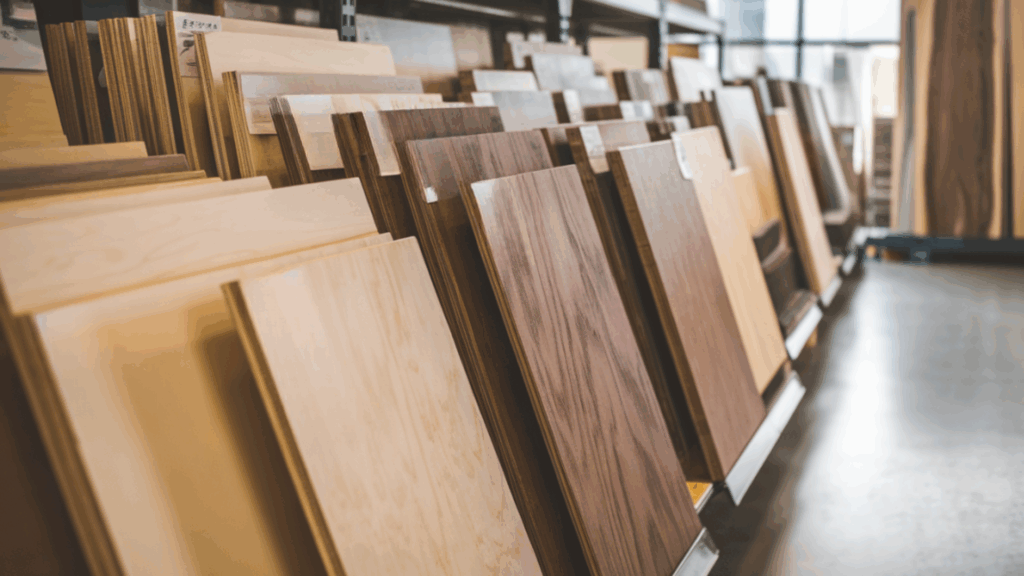If you’ve ever walked into a hardware store or started a DIY project, you’ve probably come across plywood.
I know I’ve used it for everything from shelves to small repairs around the house. It’s one of the most common types of wood used in construction, furniture, and crafts.
Did you know there are many different types of plywood, each made for a specific purpose? Choosing the right kind can really make a difference in the outcome of your project.
Some types are strong and sturdy, while others are great if you need a smooth finish or something that bends easily.
Whether you’re fixing up your home, building something new, or just curious about wood, understanding plywood can help you save both time and money.
In this blog, I’ll break down the different types in a simple, no-fuss way so you’ll know exactly what to look for next time you need a sheet of plywood.
What is Plywood?

Plywood is a type of wood that’s made by gluing thin layers of wood together.
These thin layers are called “plies,” and they’re stacked so that the wood grain in each layer goes in a different direction. This makes the plywood strong and less likely to bend or crack.
Instead of being cut from one solid piece of wood, plywood is built up in layers.
That’s why it holds up better than some other types of wood, especially when you’re using it for building or crafting.
You can find plywood in different thicknesses and sizes, depending on what you need it for.
Plywood is used for all sorts of projects, such as furniture, walls, and floors.
It’s strong, easy to work with, and usually costs less than solid wood, which makes it a great choice for DIY jobs and home projects.
Advantages of Using Plywood
Plywood is a popular choice for many building and home projects, and there’s a good reason why. It offers a unique combination of strength, flexibility, and value.
- Strong and durable: Plywood holds up well under pressure and doesn’t crack or split easily.
- Resists warping: Because the wood layers are placed in opposite directions, plywood doesn’t bend or twist like some other woods.
- Lightweight: It’s strong but not too heavy, which makes it easier to carry and work with.
- Cost-effective: Plywood usually costs less than solid wood, especially for large projects.
- Versatile: You can use it for floors, walls, roofs, cabinets, shelves, and more.
- Holds screws well: It grips nails and screws tightly, making your project more secure.
- Comes in many sizes: Plywood sheets are available in different thicknesses and grades to fit different jobs.
All in all, plywood is a smart and reliable material to use for both simple DIYs and major construction work.
Types of Plywood
When it comes to plywood, not all types are the same. Each kind of plywood is made for different jobs, so it helps to know what you’re working with before you start your project.
Some plywood is built to handle heavy loads, while others are made to look nice or resist water.
1. Softwood Plywood

Softwood plywood is made from softwood trees like pine, fir, or spruce.
Don’t let the name fool you, this plywood can still be strong. It’s called “softwood” because of the type of tree, not because it’s weak.
What it’s like: Softwood plywood is usually light in color and weight. It’s not fancy, but it gets the job done for a lot of building needs.
Where it’s used: You’ll often see it used in home construction. It’s great for subfloors, roofing, wall sheathing, and even packing crates. It’s also good for DIY jobs that don’t need a polished finish.
2. Hardwood Plywood
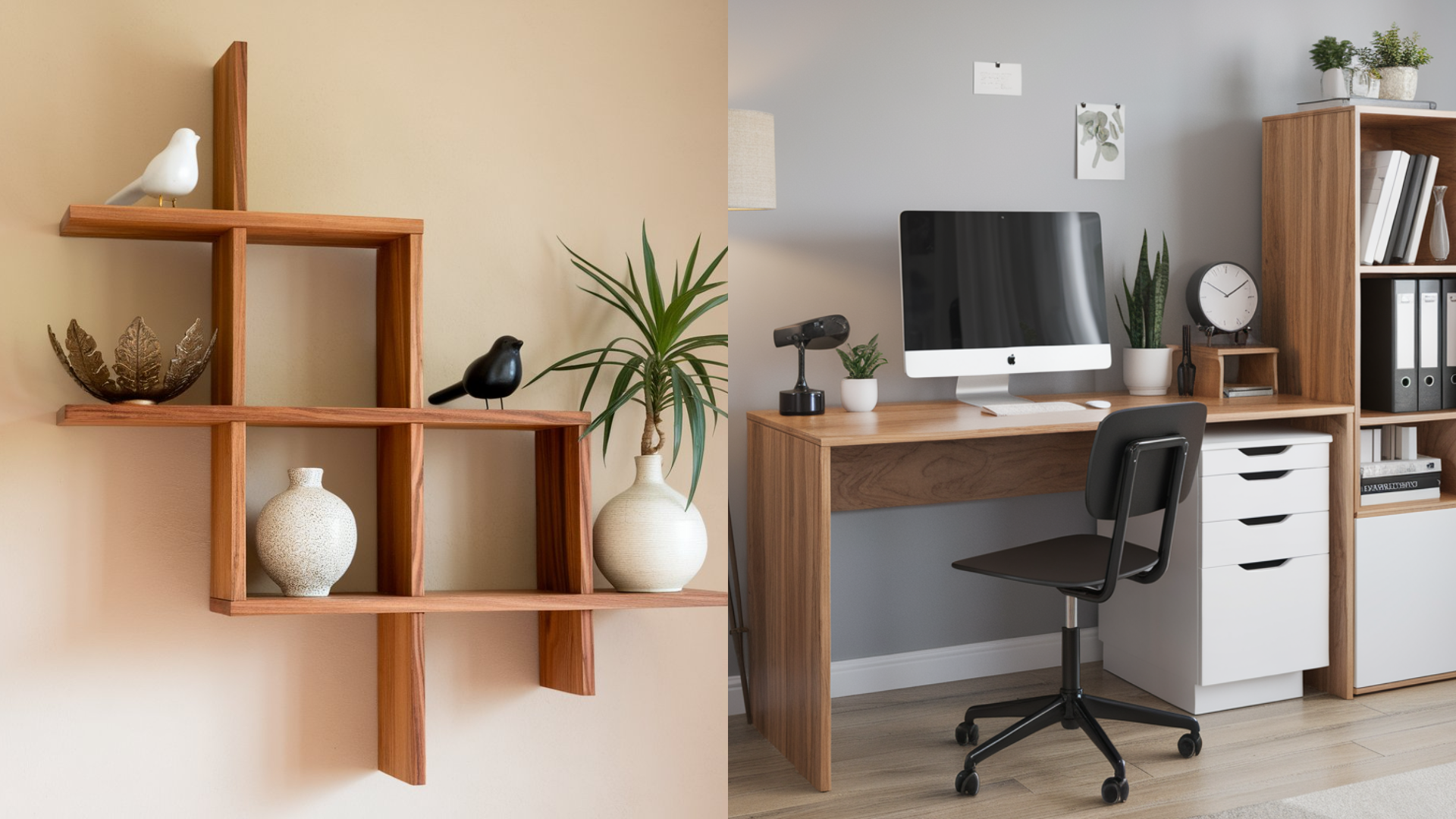
Hardwood plywood is made from hardwood trees like oak, birch, maple, or mahogany. These types of wood are stronger and tougher than softwood.
What it’s like: This plywood has a smooth, nice-looking surface. It’s stronger and holds up better when used for furniture or cabinets.
Where it’s used: It’s perfect for furniture, shelves, paneling, and cabinets—any place where looks and strength matter. It also takes paint and stain really well.
3. Marine Plywood

Marine plywood is designed to handle wet conditions. It’s made with waterproof glue and high-quality wood layers that won’t easily fall apart when wet.
What it’s like: This is one of the most durable types of plywood. It’s built to resist water, mold, and rot, which makes it perfect for outdoor use.
Where it’s used: It’s often used for boats, docks, outdoor furniture, and bathrooms. Basically, anywhere there’s a lot of moisture.
4. Structural Plywood

Structural plywood is also called “construction grade” plywood. It’s made to be strong enough to support weight and pressure. The glue used is tough and water-resistant.
What it’s like: It’s not always the prettiest, but it’s one of the strongest. It’s designed to hold up under pressure and is tested to meet safety standards.
Where it’s used: This type is used in heavy-duty building projects like floors, walls, and roofs. It’s a good choice when strength matters more than looks.
5. Decorative Plywood
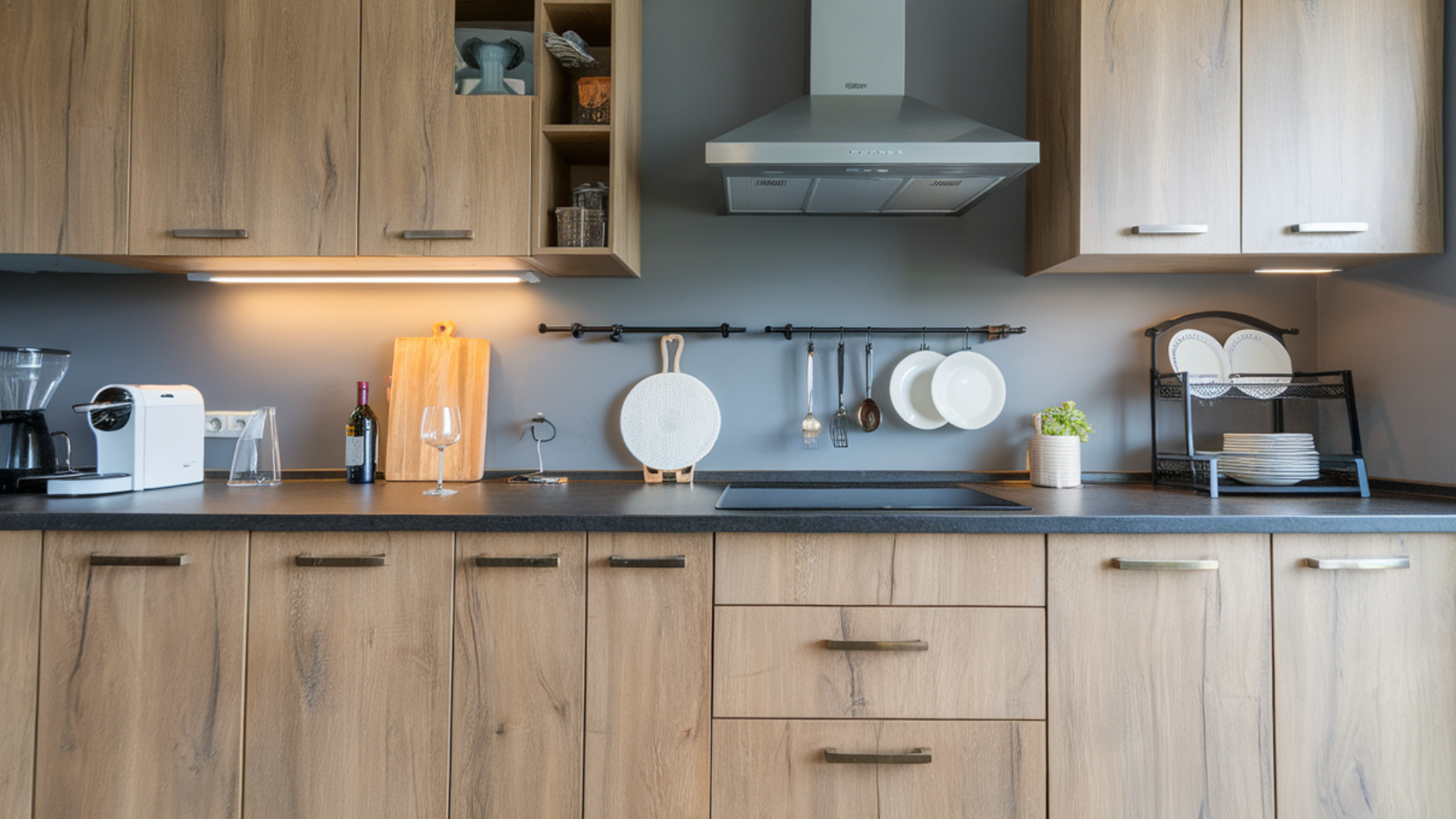
Decorative plywood, also called “fancy plywood” or “cabinet-grade,” has a thin layer of good-looking wood on top. That top layer is called a veneer.
What it’s like: It’s smooth, shiny, and available in many wood types like walnut, cherry, and birch. It looks like solid wood but is lighter and more affordable.
Where it’s used: People use it for cabinets, shelves, wall panels, and anything that needs a clean, polished appearance.
6. Flexible Plywood
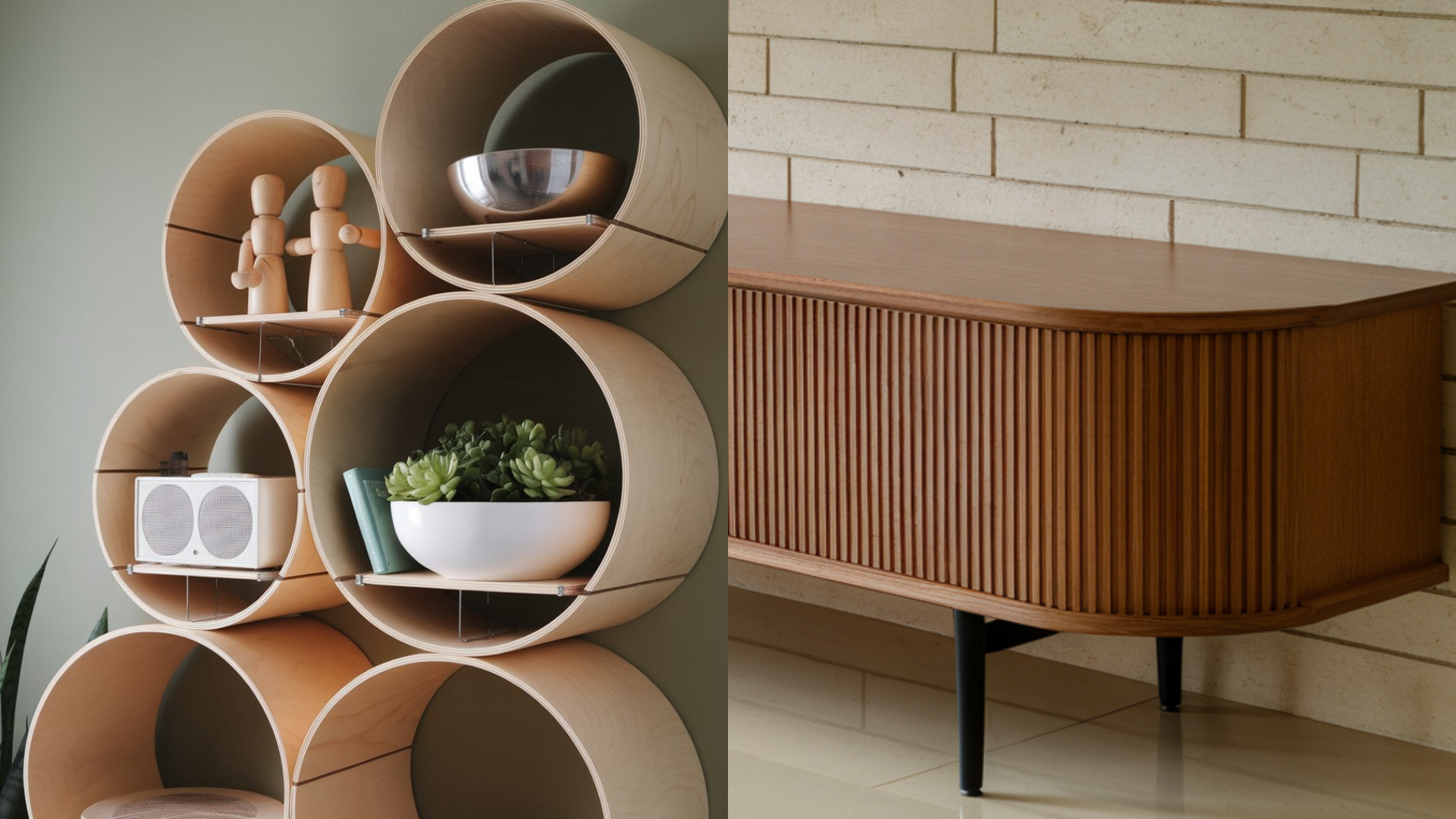
Flexible plywood is made to bend without breaking. It’s thinner and easier to shape than other plywood types.
What it’s like: It’s soft and bendy. You can curve it around corners or mold it into different shapes.
Where it’s used: It’s used in curved furniture, custom signs, or rounded walls. It’s great for creative projects that need special shapes.
7. Fire-Retardant Plywood
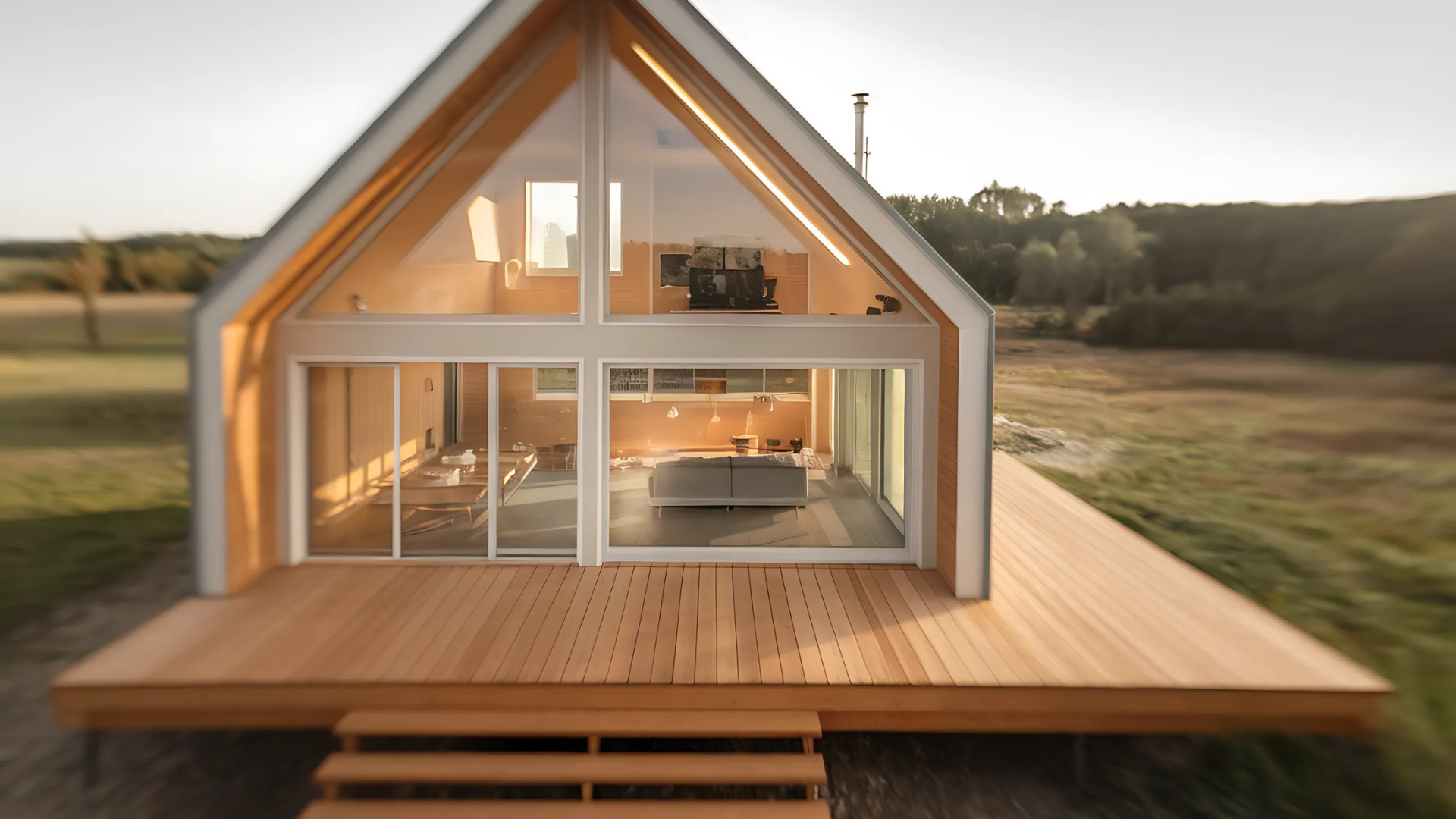
Fire-retardant plywood is specially treated to slow down flames and reduce smoke. It won’t stop a fire completely, but it can give people more time to get to safety.
What it’s like: It looks like regular plywood but has special chemicals inside that make it resistant to catching fire.
Where it’s used: It’s used in buildings that need extra safety features, like schools, hotels, or hospitals.
As you can see, there’s a type of plywood for just about every job. Some are made for strength, others for beauty, and some for extreme weather or safety needs.
When you pick the right one, your project will not only turn out better but also last longer.
Side-By-Side Plywood Comparison
I’ve come up with a helpful way to compare the most common types of plywood.
By comparing their strengths, uses, and features, you can decide which one is best for your project.
| Best For | Strength | Water Resistance | Appearance | Cost Range |
|---|---|---|---|---|
| Roofing, subfloors, and crates | Medium | Low to Medium | Basic surface | Low |
| Furniture, cabinets, paneling | High | Medium | Smooth and polished | Medium to High |
| Boats, bathrooms, and outdoor furniture | High | Very High | Smooth | High |
| Flooring, framing, heavy-duty work | Very High | Medium to High | Rough surface | Medium |
| Interior walls, shelves, furniture | Medium | Low | High-quality veneer | Medium to High |
| Curved furniture, signs | Low | Low | Basic surface | Medium |
| Planes, instruments, crafts | Very High | Medium to High | Smooth and fine | Very High |
| Schools, hospitals, and public buildings | High | Medium | Basic surface | High |
This table makes it easier to compare the different plywood types at a glance.
When you know what you need for strength, water safety, and looks, picking the right plywood gets much simpler.
Choosing the Right Type of Plywood for Your Project
Picking the right plywood can make a big difference in how your project turns out.
Not all plywood is the same, so it’s important to match the type of plywood with what you’re trying to build.
- Think about where it will go: If your project will be outside or near water (like a bathroom or patio), choose marine plywood or another water-resistant type.
- Decide how strong it needs to be: For floors, walls, or anything that needs to hold weight, go with structural or hardwood plywood.
- Look at the finish: If the plywood will be visible, like in cabinets or shelves, pick decorative plywood with a smooth surface.
- Check the thickness: Thicker plywood is stronger, while thinner sheets are lighter and easier to shape.
- Look for quality grades: Plywood comes in grades like A, B, C, and D. “A” is smooth and high quality, while “D” may have more knots and rough spots.
Taking the time to choose the right plywood means fewer problems later. It’ll help your project last longer, look better, and hold up the way you want.
Conclusion
Plywood is one of the most useful building materials out there, but knowing the different types can make a big difference in your project’s success.
From strong structural plywood to water-resistant marine plywood and smooth decorative sheets, each type has its own job.
Picking the right one means your work will last longer, look better, and hold up to everyday use.
Whether you’re building furniture, fixing up your home, or working on something creative, there’s a type of plywood that fits the job.
Don’t just grab the first sheet you see! Think about where it will go, how strong it needs to be, and how it should look.
With a little planning, you’ll save time, avoid mistakes, and get better results. Use this guide as a starting point whenever you’re choosing plywood for your next DIY or construction project.

